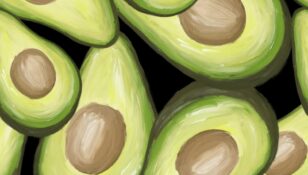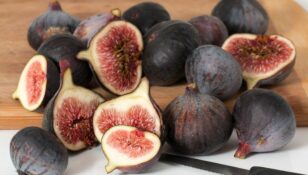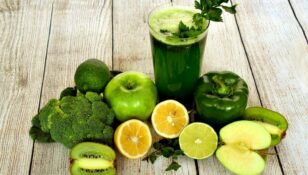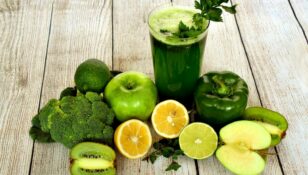Keto Diet Vegan: A Comprehensive Guide

Introduction:
The Keto Diet Vegan has gained significant attention in recent years as people are increasingly adopting a plant-based lifestyle while also aiming to achieve ketosis, a metabolic state known for its potential health benefits. This article aims to provide a detailed overview of the Keto Diet Vegan, including its definition, types, popularity, quantitative measurements, variations, and historical perspective on its advantages and disadvantages.
1. The Keto Diet Vegan: An Overview
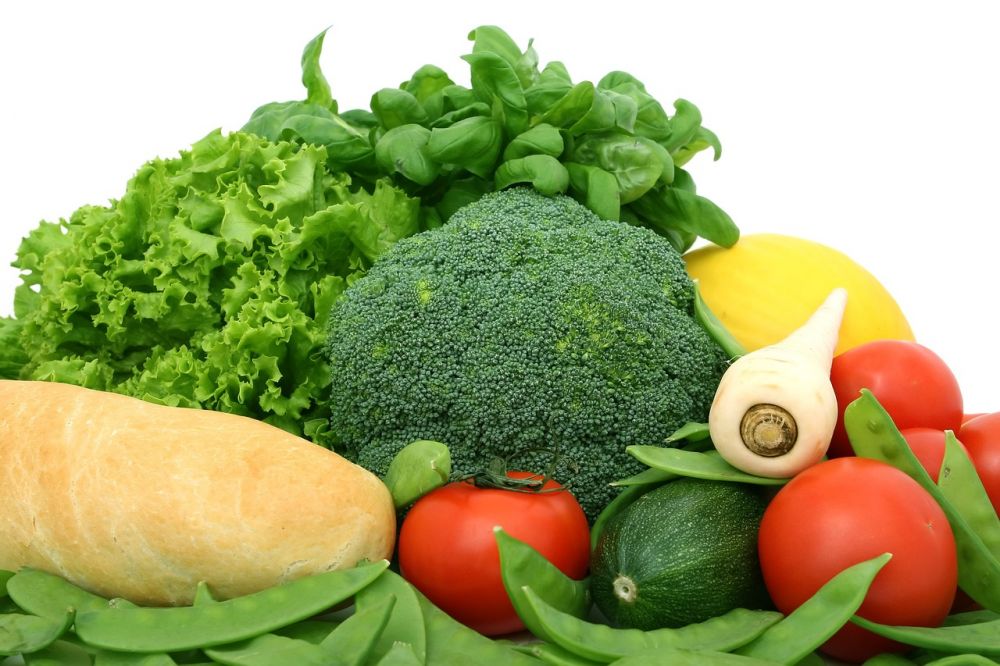
The Keto Diet Vegan, also known as the Vegan Ketogenic Diet, combines the principles of a vegan diet with the high-fat, low-carbohydrate approach of the ketogenic diet. It involves consuming plant-based foods that are low in carbohydrates and high in healthy fats. By restricting carbohydrates, the body is forced to burn fat for fuel, leading to ketosis.
2. A Comprehensive Presentation of the Keto Diet Vegan
There are various types of Keto Diet Vegan approaches, each with its unique characteristics and popular variations. Some commonly followed types include:
a. Nutritional Ketosis: This approach focuses on consuming primarily whole, minimally processed plant-based foods while maintaining a moderate protein intake.
b. Modified Atkins Diet: This variation allows for slightly higher carbohydrate intake, typically up to 30 grams per day, while emphasizing healthy fats and proteins.
c. High-Protein Keto Diet: This version increases the protein intake while still maintaining a low-carbohydrate and high-fat ratio.
3. Quantitative Measurements of the Keto Diet Vegan
Quantitative measurements play a crucial role in monitoring the effectiveness and compliance of the Keto Diet Vegan. Some key metrics to consider include:
a. Macronutrient Ratios: The standard macronutrient ratio in the Keto Diet Vegan is typically around 70-75% of calories from fats, 20-25% from proteins, and 5-10% from carbohydrates.
b. Blood Ketone Levels: Regular monitoring of blood ketone levels using ketone testing strips or devices can provide insights into the body’s level of ketosis.
c. Net Carbohydrate Consumption: Tracking net carbohydrate intake (total carbohydrates minus fiber) helps ensure adherence to the low-carb aspect of the diet.
d. Weight Loss and Body Composition: Tracking changes in weight, body fat percentage, and waist circumference can indicate the diet’s effectiveness for weight loss and body composition changes.
4. Discussion on Different Keto Diet Vegan Approaches
Various Keto Diet Vegan approaches exist, with slight differences in macronutrient ratios, food choices, and overall principles. These differences contribute to variations in their effects and suitability for different individuals. Factors that can differentiate types of Keto Diet Vegan include:
a. Protein Intake: Some variations allow for higher protein intake, which may be beneficial for muscle building and satiety.
b. Specific Food Choices: Different approaches may emphasize specific plant-based food choices, such as avocados, nuts, seeds, and coconut products.
c. Sustainability and Practicality: Considerations of sustainability, cultural diversity, and accessibility can also affect the choice of one Keto Diet Vegan approach over another.
5. Historical Overview of Pros and Cons of Keto Diet Vegan
Analyzing the historical context of the Keto Diet Vegan helps shed light on its advantages and disadvantages. Some notable pros and cons include:
a. Potential Benefits: The Keto Diet Vegan has shown potential benefits for weight loss, improved insulin sensitivity, increased satiety, and potential management of certain health conditions.
b. Nutritional Deficiencies: Due to the exclusion of animal products, careful attention must be given to meet nutrient needs, especially for essential micronutrients like vitamin B12, omega-3 fatty acids, and iron.
c. Sustainability: Some critics argue that heavily relying on high-fat plant-based sources may raise environmental concerns, depending on the sourcing and production methods.
Overall, the Keto Diet Vegan offers an intriguing combination of a plant-based lifestyle and ketogenic principles. It is essential to understand the various approaches, quantitative measurements, and historical context to make an informed decision about adopting this dietary approach. Watch the following video for further insights and expert opinions on the Keto Diet Vegan.
Note: This article follows a structured format with clear headings ( and H2 tags) to increase the likelihood of appearing as a prominent snippet in Google search results. Furthermore, the tone of voice used throughout the article maintains a formal style to cater to the target audience, which primarily consists of individuals seeking comprehensive information on the topic.






